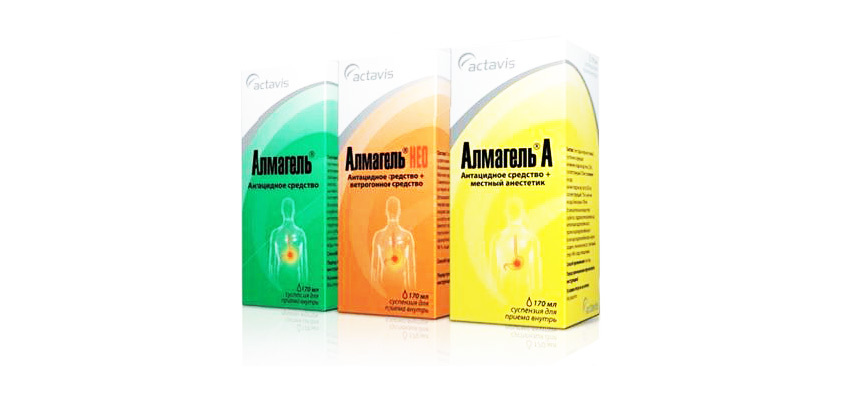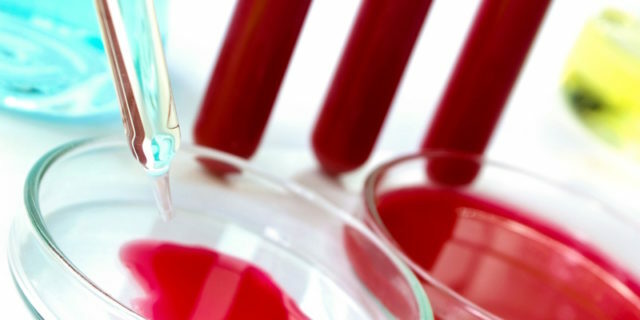
Page Contents
- 1 What determines the overall blood test?
- 2 Leukocytes in the general clinical blood test
- 3 Lymphocyte count
- 4 Platelets in the general blood test
- 5 ESR and hematocrit
- 6 Eosinophils in the blood
- 7 Preparation and analysis of the
- 8 Blood test results - standard table
The most frequent analysis,on which the patient is sent when contacting a polyclinic is a general blood test. Almost all diagnostic studies begin with it. This analysis allows you to learn basic information about the state of the body, to identify gross violations of hematopoiesis in severe diseases, to identify acute inflammatory processes and dangerous deviations in blood clotting.
The results of OAB are not exhaustive data, allowing an accurate diagnosis, but based on them, it is easier to determine what additional studies are needed to establish the cause of the disease.
What determines the total blood test?
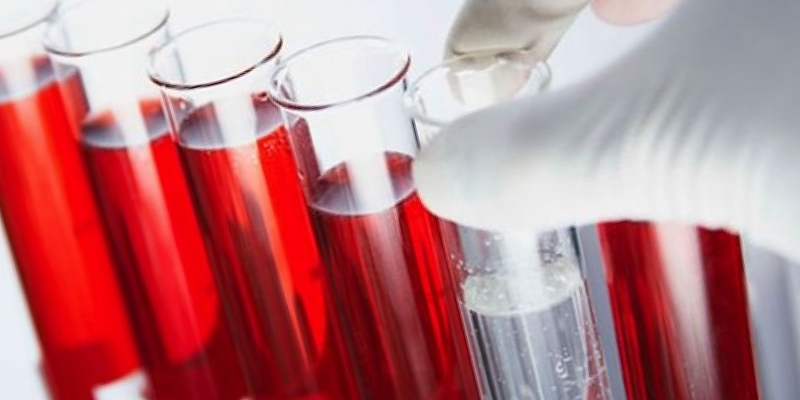
The general blood test shows the most basic indicators of the body's condition - the content of blood cells( erythrocytes, leukocytes, platelets), hemoglobin level, hematocrit( the ratio of the number of elements and plasma), ESR, additional indicators and the leukocyte formula.
The number of erythrocytes and hemoglobin is the first indicator that the doctor pays attention to when deciphering a general blood test. A decrease in one or both of these indicators indicates anemia( depending on which one is reduced more, you can determine the type of anemia).The increase in the level may indicate adaptation to working conditions with a low oxygen content in the air( alpine areas, diving operations), the use of drugs that enhance the production of red blood cells, pathologies of the bone marrow.
There are a number of additional indicators that can be determined with the help of modern diagnostic equipment, for example, the average hemoglobin content in the erythrocyte, the average volume of the erythrocyte. They allow the most accurate determination of the nature of pathology.
Leukocytes in general clinical blood analysis
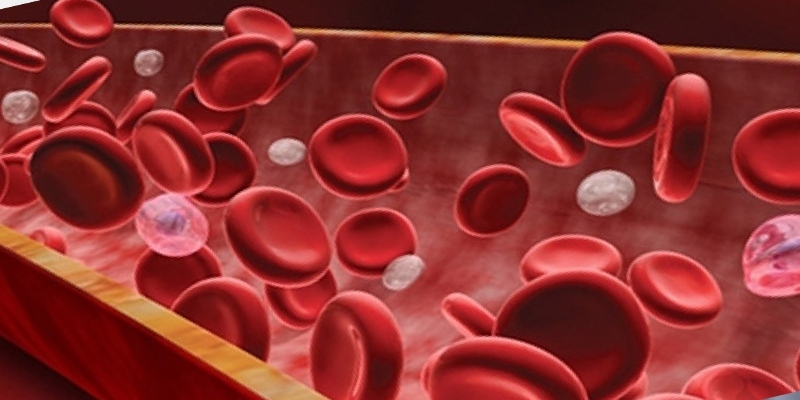
Leukocytes are living blood cells responsible for immune control. With infectious diseases or intoxication of the body, it is the leukocytes that come into contact with foreign agents. During the analysis, their total number is determined, as well as the leukocyte formula. A large number of leukocytes suggests that the body is actively inflammatory process. The leukocyte formula makes it possible to establish its nature.
Inflammation can be bacterial, allergic, helminthic or viral in nature, and clarify this nuance allows UAC.In addition, it can be used to distinguish a newly developed disease from a pathology that has a chronic course, and also to identify conditions close to recovery.
An increase in the level of leukocytes in the blood accompanies purulent inflammatory processes( sinusitis, appendicitis, complications of bronchitis), extensive injuries of the skin, burns. An increase in this indicator is noted with exacerbations of inflammatory and degenerative processes in the joints and spine, in the postoperative period and in cancer diseases.
There are also physiological reasons for increasing the level of leukocytes - this is the period of menstruation and late pregnancy, active physical activity. Sometimes this way the body can respond to a too tight dinner.
Reducing the number of leukocytes indicates a violation affecting the immune system, and is noted for infectious and viral diseases( influenza, hepatitis, rubella, measles), rheumatoid arthritis, systemic lupus erythematosus, radiation sickness, beriberi.
The lymphocyte count

Lymphocytes play an important role in the formation of cellular and humoral immunity. In the blood circulate different types of lymphocytes, each of which is involved in providing an immune response at a certain stage. Lymphocytosis( increased lymphocyte level) is observed in viral infections, acute respiratory infections, blood diseases, leukemia, poisoning of the body with salts of heavy metals or with the administration of certain medications.
Lymphopenia( decrease in the level of lymphocytes) is observed in diseases such as tuberculosis, kidney failure, AIDS, lymphogranulomatosis, and oncological diseases in the thermal stage. A similar condition is noted in patients with radio- and chemotherapy, as well as with the use of glucocorticoid agents.
Erythrocytes in the blood test
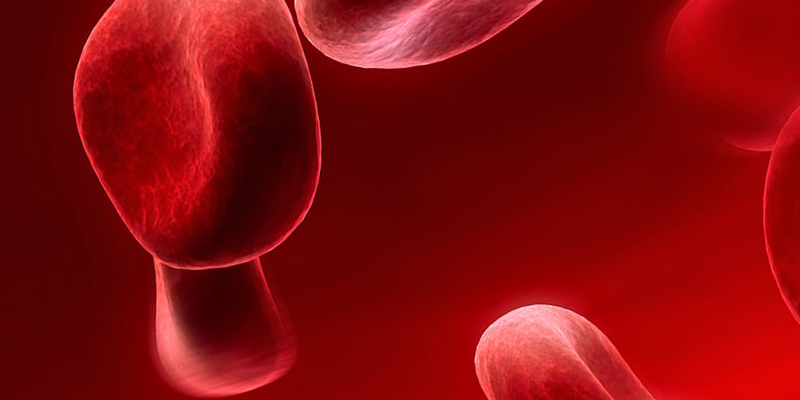
These are the most numerous blood cells. The main function of small red blood cells is the delivery of oxygen to tissues and organs. Within each erythrocyte is a fairly large volume of hemoglobin.
The level of erythrocytes decreases, if the food lacks vitamins and proteins, with extensive blood loss, leukemia or hereditary pathologies. Most often, when the level of red blood cells decreases, they talk about the development of anemia. In some cases, the death of red blood cells causes autoimmune diseases or toxicity to the body.
An increase in indices is noted with dehydration of the body, diseases of the hematopoietic, respiratory, cardiovascular, renal artery stenosis.
Hemoglobin and its indices

Hemoglobin is a special protein containing an iron atom and participating in the process of oxygen transfer. It is found in red blood cells - red blood cells. Usually, a low level of hemoglobin, caused by anemia, leukemia, depletion of the body, extensive blood loss, hypovitaminosis or congenital blood diseases, is considered a pathological condition.
At the same time, increasing its level also indicates the development of dangerous conditions - dehydration, malfunctioning of the kidneys. A high level of hemoglobin is often observed in congenital heart diseases, diabetes, pulmonary or heart failure, impaired hematopoiesis.
Platelets in a general blood test
The platelet count as a result of a general blood test is also important. This is an indicator of the state of the coagulating system of blood. Lack of platelets indicates a decrease in coagulation, which threatens the development of bleeding, and excess - indicates a tendency to thrombosis. This is a dangerous condition that can lead to severe consequences( stroke, heart attack).
Indicator of ESR and hematocrit
Separately it is worth mentioning such indicators as hematocrit and ESR.Hematocrit is the ratio of the elemental elements to the blood plasma. Blood thickening occurs with inflammatory processes and dehydration, a tendency to thrombosis, leukocytosis, erythrocytosis or to be a side effect of taking certain drugs.
Blood thinning is, on the contrary, a sign of impaired renal function, changes in electrolyte balance, excessive consumption of salt, or also a consequence of taking certain medicines. Will the general analysis of blood show the reason why the content of the uniform elements has changed? Of course, no, it indicates only the very fact of the changes, additional tests are needed to find out its causes.
ESR( erythrocyte sedimentation rate) is an indirect indicator of the blood plasma content of various plasma proteins, it also depends on the number of red blood cells. An increase in ESR accompanies almost any acute pathological process, a decrease - a rather rare situation in the general analysis of blood in adults. The reasons for this state can be quite a lot, and to accurately determine them, additional tests are needed.
Eosinophils in the blood
This is one of the varieties of leukocytes involved in purifying blood from parasites, toxins and cancer cells. Eosinophils participate in the formation of humoral immunity. The cause of increasing their level in the blood can be such conditions as parasitic and infectious diseases, cancerous tumors, diseases of the hematopoietic system or rheumatic lesions.
A decrease in the level of eosinophils is usually noted at the onset of the inflammatory process, with purulent abscesses, sepsis or intoxication of the body with heavy metals.
Preparation and analysis of

A general blood test involves the determination of the content of the formed elements in the capillary blood. Since the laboratory can be very loaded, a preservative is added to the test tubes beforehand - a substance that does not allow the blood to clot. This is necessary to ensure that it retains its characteristics longer, and the result is as accurate as possible.
The blood for a common analysis is taken from the finger. Special preparation from the patient is not necessary, but it is desirable that the blood should be given up on an empty stomach - then the results of the analysis will be much more accurate. Usually, the time for taking the test is scheduled for the morning hours, the result can be learned within the next 2-3 days, depending on the workload of the laboratory.
Most often for blood sampling, the anemone finger of the left arm is pierced by right-handers and right-handed - by left-handers. This is done so that the injury from the puncture does not interfere with the patient's work. Puncture of other fingers is permissible in the event that there are inflammatory processes in the puncture zone, onychomycosis( nail fungus), skin damage. In this case, a healthy finger is selected to take the blood.
Can I eat before giving a general blood test?
 Photo: Overeating
Photo: Overeating A constant question for patients, and especially parents of toddlers who are assigned to the analysis - is it possible to eat before giving a general blood test? Many people find it more convenient to have breakfast, and only then to start various cases, including medical procedures. Especially it concerns children who find it difficult to postpone breakfast for later.
Nevertheless, you need to take the test on an empty stomach. The substances that come into contact with food affect the blood counts, so the result may be inaccurate, which will affect the diagnosis. Drinking fluids before the analysis is also not worth it - maximum, you can afford a few sips of water. But after the test, you can eat and drink without restrictions.
If the patient is taking any medications, you should tell the doctor who prescribes the test. Also it is necessary to warn him about the presence of chronic diseases - the interpretation of the analysis results depends on this. In women, the results of the analysis may distort the menstruation.
Monthly, exacerbation of chronic diseases and treatment with any medications are relative contraindications to the conduct of a general blood test. If possible, it is postponed to the time when the obstacles disappear. But if it is important to monitor the patient's condition daily( for example, being in intensive care), then the analysis is taken regardless of these contraindications.
The general blood test should not be confused with two other equally frequent studies - biochemical analysis and blood sugar analysis. A biochemical study, often called blood from a vein, shows the content of several dozen different substances in the blood. By their level, they judge the deviations in the work of various bodies.
The glucose test allows you to determine the blood content of this substance and confirm or disprove the development of diabetes mellitus. When it is carried out, capillary blood is used more often, but it is possible to determine glucose in venous blood. It is very important to conduct an examination only on an empty stomach.
Because such a study is prescribed quite often, the question of where to give a general blood test is usually not difficult. The laboratory that can conduct it, is in any medical institution, both public and private. In the state polyclinics and hospitals, the analysis is performed free of charge according to the MHI policy, the working hours of the laboratory are strictly fixed( most often from 8 to 10 am).In hospitals, there is always an express laboratory that carries out research for patients in the receiving ward, operating rooms and resuscitation departments.
Blood test results -
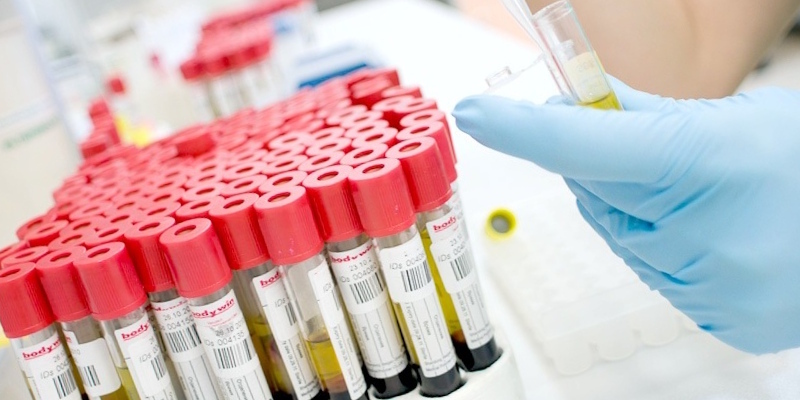
norm table For convenience in evaluating the obtained indicators, it is easiest to use the table of the norm of the results of the general blood test. The form with the results that is given to the patient also has the form of a table - it indicates the normal values of the indicators and the actual values next to them, in order to visually show the patient and the doctor what is within this range and which is not.
| Indicator | Normal in women | Normal in men |
| Red blood cells | 3,6-4,3 * 10 ^ 9 / l | 4,0-5,0 * 10 ^ 9 / l |
| Hemoglobin | 108-130g / l | 125-148g / l |
| Leukocytes | 6,0-9,0 * 10 ^ 12 / l | 7,0-12,0 * 10 ^ 12 / l |
| Platelets | 217-533 * 10 ^ 9 / l | 217-533* 10 ^ 9 / l |
| Hematocrit | 32,5-41,0% | 32,5-41,0% |
| ESR | 2-15mm / h | 1-10mm / h |
The normal values of various indicators in children depend on the age, therefore in the direction of the analysis the doctor always indicates the number of full years. The content of red blood cells and hemoglobin in the blood is usually very high right after birth, then this index gradually decreases in the first months of life. The content of leukocytes in children is usually lower than in adults, and the number of platelets also varies greatly with age.
Conclusions
A general blood test is performed as directed by the physician. When issuing a referral, the specialist should explain all the details of the study - whether to go to the fasting procedure or not, why it is desirable to do the analysis in the morning, whether to wash hands before giving blood and other nuances that will help the patient to properly prepare for the procedure.

